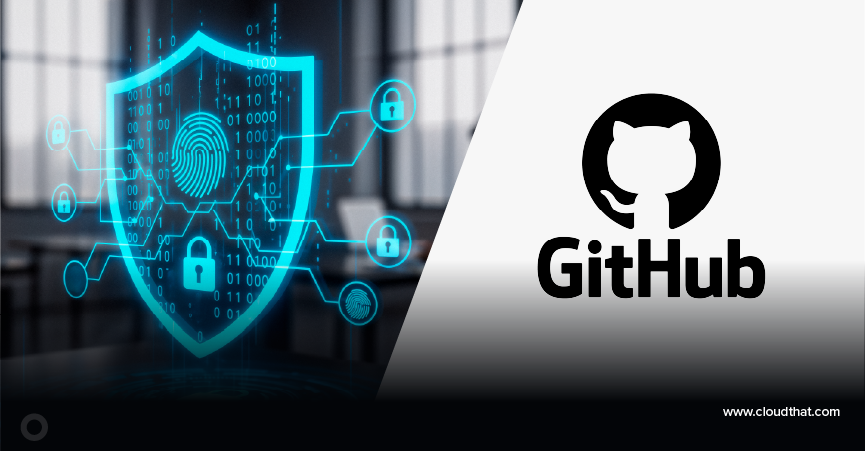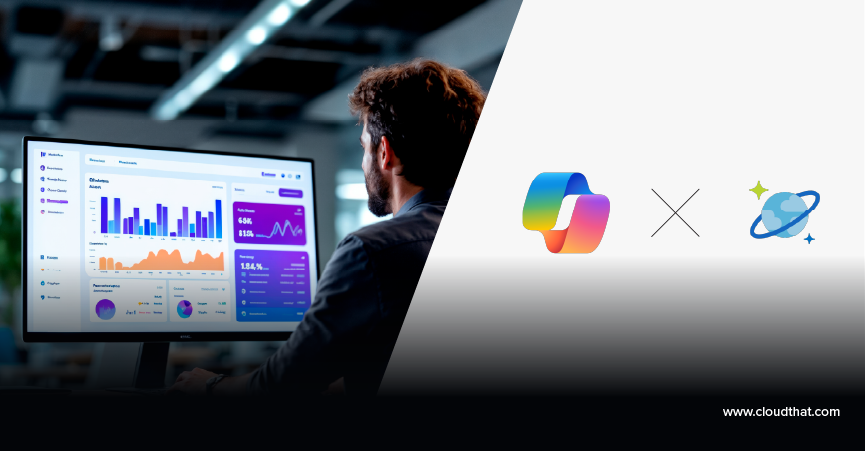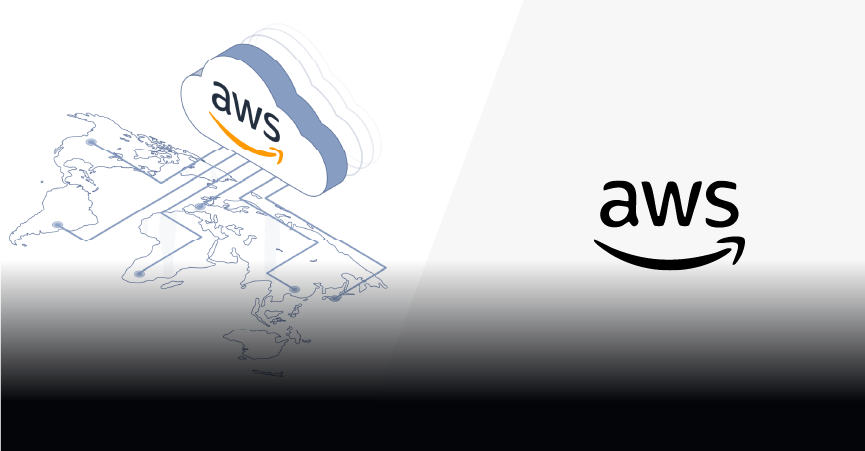|
Voiced by Amazon Polly |
Introduction
Kubernetes ensures efficient application orchestration, but maintaining uptime during events like cluster upgrades can be challenging. Node draining for updates may lead to downtime or degraded performance without proper safeguards.
This is where Pod Disruption Budgets (PDBs) come in. PDBs protect application availability during planned disruptions, ensuring smooth upgrades and uninterrupted service. In this blog, we will explore what PDBs are, why they are essential, and how to use them effectively.
Pioneers in Cloud Consulting & Migration Services
- Reduced infrastructural costs
- Accelerated application deployment
Pod Disruption Budget (PDB)
A Pod Disruption Budget is a Kubernetes policy that sets rules for the number of pods in a replicated application that can be voluntarily disrupted at any time. Voluntary disruptions include cluster upgrades, node scaling, or maintenance tasks, as opposed to involuntary disruptions caused by crashes or hardware failures.
PDB ensures a minimum level of application availability, preventing Kubernetes from taking down too many pods simultaneously.
Why Do We Need PDBs During Cluster Upgrades?
During a cluster upgrade, Kubernetes nodes are often drained individually, evicting all pods scheduled on the upgraded node. Without a PDB, the eviction process may result in temporary downtime or degraded performance for your application. Here’s why PDBs are crucial:
- Ensures High Availability
A PDB enforces that rule if your application requires a certain number of pods to remain available. For example, losing too many backend pods during an upgrade could disrupt user requests if you run a web application behind a load balancer.
- Prevents Over-Eviction
Without a PDB, Kubernetes may inadvertently evict more pods than your application can tolerate. This could result in service outages or data inconsistencies for stateful workloads like databases.
- Graceful Node Draining
Cluster upgrades involve node draining, where pods are evicted from a node. PDBs ensure that the eviction happens gradually, giving your application time to redistribute traffic or recover from disruptions
- Compliance with SLAs
Many organizations operate under strict Service Level Agreements (SLAs) for uptime. By implementing PDBs, you can ensure your applications meet these uptime commitments even during planned maintenance.
How Does a PDB Work?
A PDB specifies two key thresholds:
- minAvailable: The minimum number of pods must be available during a disruption.
- maxUnavailable: The maximum number of pods that can be unavailable at anytime.
You can define a PDB as part of your application’s configuration in Kubernetes. Here’s an example:
|
1 2 3 4 5 6 7 8 9 |
apiVersion: policy/v1 kind: PodDisruptionBudget metadata: name: web-app-pdb spec: minAvailable: 2 selector: matchLabels: app: web-app |
In this configuration:
- The minAvailable field ensures that at least two pods must always remain available.
- The selector specifies the pods this PDB applies to based on their labels.
PDBs in Action: Cluster Upgrade Workflow
Here’s how PDBs help during a typical cluster upgrade:
- Node Draining: When a node is marked for an upgrade, Kubernetes starts evicting pods. PDBs ensure that only a limited number of pods are disrupted at any time.
- Pod Rescheduling: Evicted pods are rescheduled on other nodes, ensuring continuous application availability.
- Controlled Upgrades: By limiting disruptions, PDBs allow you to upgrade the cluster incrementally without affecting the end-user experience.
Best Practices for Using PDBs
- Understand Your Application’s Needs: Define PDB thresholds based on your application’s tolerance for disruptions. Stateful applications often require stricter PDBs than stateless ones.
- Test Your Configuration: Test PDBs in a staging environment before a production upgrade to verify their effectiveness.
- Monitor During Upgrades: Use Kubernetes monitoring tools to observe pod availability and ensure the PDB functions as expected.
- Combine with Horizontal Pod Autoscaler (HPA): Use PDBs alongside an HPA to ensure your application can scale dynamically and handle traffic fluctuations during upgrades.
Conclusion
Incorporating PDBs into your Kubernetes configuration improves system reliability and demonstrates a proactive approach to managing service continuity, a critical aspect of modern DevOps practices.
Drop a query if you have any questions regarding Pod Disruption Budgets and we will get back to you quickly.
Making IT Networks Enterprise-ready – Cloud Management Services
- Accelerated cloud migration
- End-to-end view of the cloud environment
About CloudThat
CloudThat is an award-winning company and the first in India to offer cloud training and consulting services worldwide. As a Microsoft Solutions Partner, AWS Advanced Tier Training Partner, and Google Cloud Platform Partner, CloudThat has empowered over 850,000 professionals through 600+ cloud certifications winning global recognition for its training excellence including 20 MCT Trainers in Microsoft’s Global Top 100 and an impressive 12 awards in the last 8 years. CloudThat specializes in Cloud Migration, Data Platforms, DevOps, IoT, and cutting-edge technologies like Gen AI & AI/ML. It has delivered over 500 consulting projects for 250+ organizations in 30+ countries as it continues to empower professionals and enterprises to thrive in the digital-first world.
FAQs
1. Why are PDBs critical during cluster upgrades?
ANS: – PDBs prevent excessive pod evictions, ensuring application stability and avoiding downtime.
2. What happens without a PDB during upgrades?
ANS: – Kubernetes might evict too many pods simultaneously, leading to degraded performance or service outages.

WRITTEN BY Karthik Kumar P V
Karthik Kumar Patro Voona is a Research Associate (Kubernetes) at CloudThat Technologies. He Holds Bachelor's degree in Information and Technology and has good programming knowledge of Python. He has experience in both AWS and Azure. He has a passion for Cloud-computing and DevOps. He has good working experience in Kubernetes and DevOps Tools like Terraform, Ansible, and Jenkins. He is a very good Team player, Adaptive and interested in exploring new technologies.


 Login
Login


 November 26, 2024
November 26, 2024 PREV
PREV










Comments